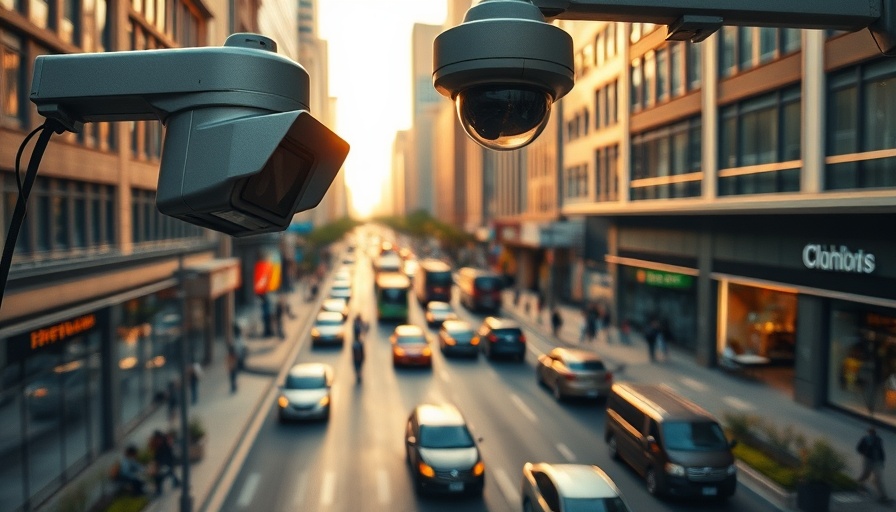
California's Growing Hit-and-Run Crisis: An In-Depth Look
Every day across California, countless individuals—pedestrians, cyclists, and motorists—are struck by vehicles whose drivers flee the scene, leaving victims helpless and often without hope. This epidemic is more than just a troubling statistic; it’s a justice crisis that reveals deep systemic flaws in our legal and societal frameworks.
The Human Toll Behind Each Incident
Recent tragic cases shed light on the human impact of these crimes. For instance, Neelam Shinde, a young postgraduate student visiting the U.S., found herself a victim just moments after disembarking from a rideshare in Torrance. With no family nearby, she became vulnerable not only to physical injuries but to emotional afflictions stemming from uncertainty and legal complications that followed.
Similar incidents have escalated in urban areas, with the National Highway Traffic Safety Administration reporting a nearly 20% rise in pedestrian fatalities from hit-and-runs over the last decade. This spike is most pronounced in major cities like Los Angeles and San Francisco, where the dense traffic and hurried environments create a perfect storm for these crimes.
The Justice Gap: A System Designed for Injustice
California reports approximately 40,000 hit-and-run crashes annually, yet only 20% of these cases see resolution. The problem lies not only in the drivers' choices to flee but in the systemic failures that allow them to do so without consequences. Weak laws and legal loopholes make it easy for criminals to evade justice. Under the California Vehicle Code Section 20001, felony hit-and-run drivers face a mere maximum sentence of four years, a penalty that pales considering the gravity of their actions.
The Rising Cost of Impunity
The financial impact of hit-and-runs is staggering, with average medical costs hovering around $153,503 for pedestrian fatalities and $47,280 for survivors. Many victims, like Shinde, often lack sufficient insurance, leaving them to contend with financial hurdles while recovering from trauma. This economic strain not only affects the victims but reverberates across communities, intensifying the overall burden on healthcare systems.
Seeking Solutions: A Call to Action
Addressing California's escalating hit-and-run crisis requires more than awareness; it demands legislative reform and community engagement to bridge the justice gap. Advocating for stricter penalties and more resources for law enforcement investigations can help hold hit-and-run drivers accountable. As engaged citizens and responsible road users, motorcyclists and drivers alike can play a critical role in fostering safer roadways.
In a world where freedom and safety must coexist, it’s essential for every rider and commuter to contribute to dialogues about road safety and justice reform. If we allow hit-and-run incidents to remain unchallenged, we risk losing the very fabric of accountability that binds our communities together.
 Add Row
Add Row  Add
Add 




Write A Comment